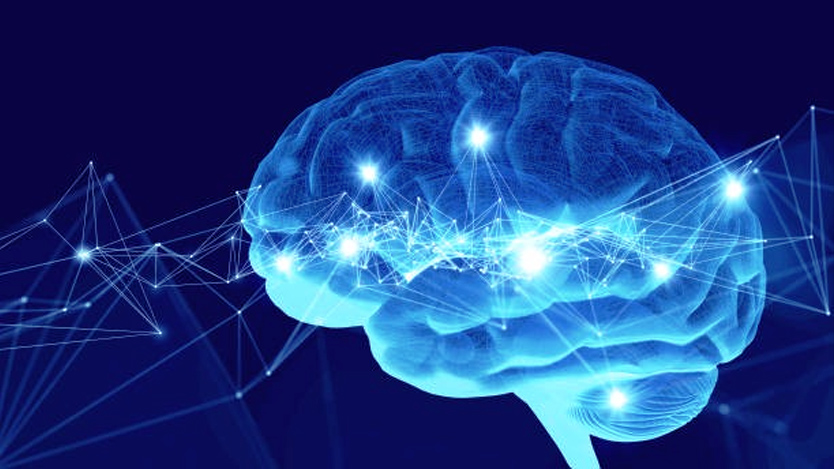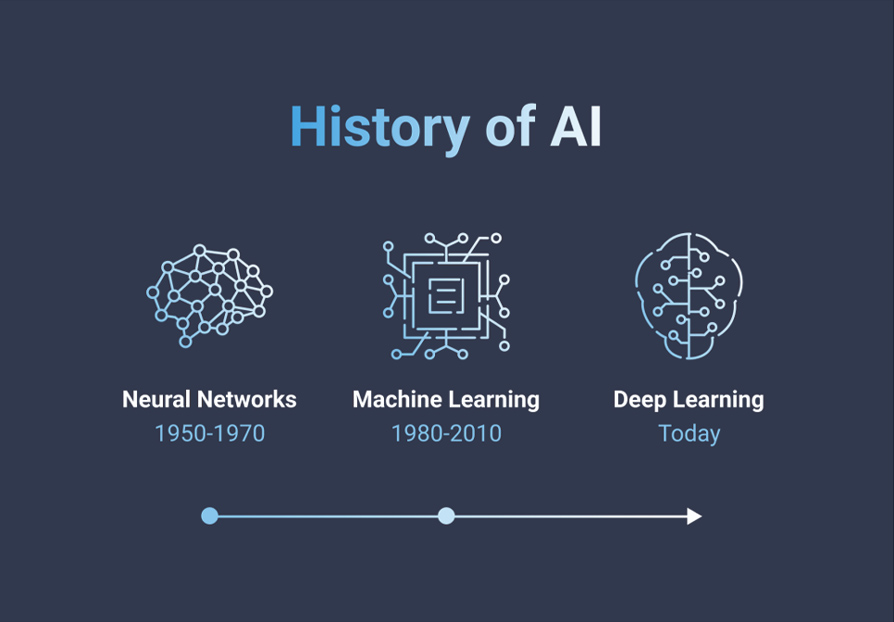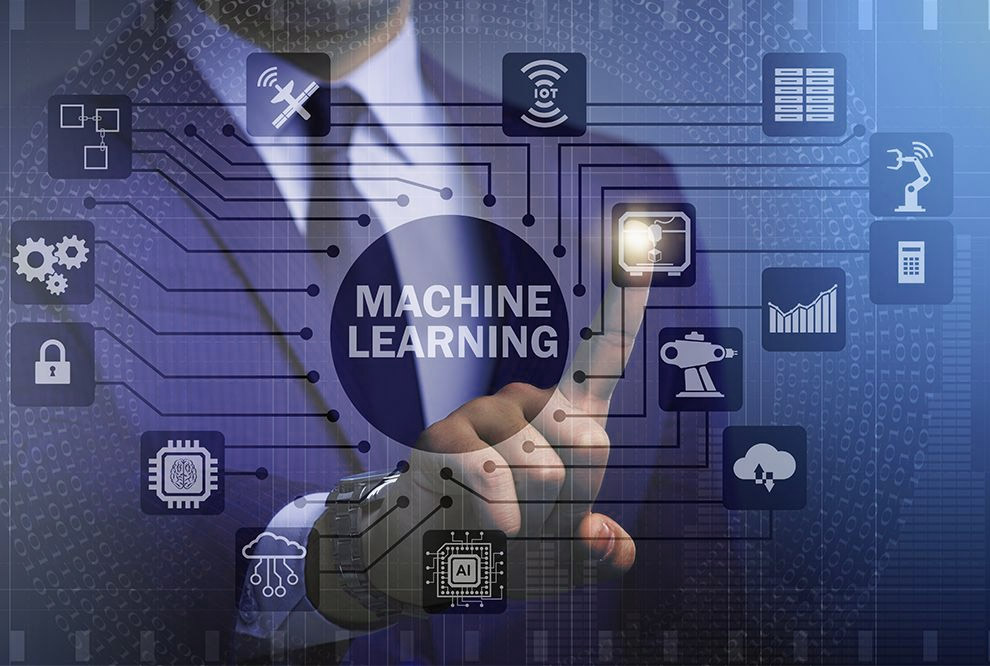For Professionals, By Professionals

Discover ProX PC for best custom-built PCs, powerful workstations, and GPU servers in India. Perfect for creators, professionals, and businesses. Shop now!
SERVICES
WE ACCEPT










Introduction:
Artificial Intelligence (AI) is a rapidly evolving field of technology that has the potential to revolutionize various aspects of our lives. From powering virtual assistants to driving autonomous vehicles, AI is becoming increasingly prevalent in our daily interactions. In this beginner's guide, we'll delve into the fundamentals of artificial intelligence, exploring its definition, history, types, applications, and future prospects in simple terms for those new to the field.
Defining Artificial Intelligence:
At its core, artificial intelligence refers to the development of computer systems that can perform tasks typically requiring human intelligence. These tasks encompass a wide range of activities, including problem-solving, decision-making, perception, and language understanding. AI systems are designed to analyze data, learn from patterns, and make predictions or decisions autonomously, mimicking human cognitive abilities.

A Brief History of Artificial Intelligence:
The concept of artificial intelligence dates back to ancient times, with myths and legends depicting artificial beings endowed with human-like qualities. However, the modern era of AI began in the mid-20th century, marked by seminal developments such as the creation of the first neural network model and the proposal of the Turing Test to assess machine intelligence. Since then, AI has undergone rapid advancements, driven by breakthroughs in computing power, algorithms, and data availability.

Types of Artificial Intelligence:
Artificial intelligence can be categorized into two main types: narrow AI and general AI. Narrow AI, also known as weak AI, is designed to perform specific tasks within a limited domain, such as image recognition, natural language processing, or playing chess. In contrast, general AI, also referred to as strong AI or artificial general intelligence (AGI), aims to exhibit human-like intelligence across a wide range of tasks and contexts, requiring flexible problem-solving abilities and self-awareness.

Applications of Artificial Intelligence:
Artificial intelligence finds applications across various industries and domains, transforming how we work, communicate, and live. In healthcare, AI is used for medical diagnosis, drug discovery, and personalized treatment recommendations. In finance, AI powers algorithmic trading, fraud detection, and risk assessment. In transportation, AI enables autonomous vehicles, route optimization, and traffic management. These are just a few examples of the myriad applications of AI across different sectors.

Machine Learning: A Core Component of AI:
Machine learning is a subset of artificial intelligence that focuses on enabling computers to learn from data and improve their performance over time without being explicitly programmed. Supervised learning, unsupervised learning, and reinforcement learning are common approaches used in machine learning algorithms. These algorithms analyze large datasets to identify patterns, make predictions, or uncover insights, driving advancements in AI-powered technologies such as recommendation systems, language translation, and predictive analytics.

Deep Learning: Pushing the Boundaries of AI:
Deep learning is a specialized form of machine learning that utilizes artificial neural networks with multiple layers to model complex patterns in data. Inspired by the structure and function of the human brain, deep learning algorithms excel at tasks such as image recognition, speech recognition, and natural language understanding. Deep learning has fueled significant breakthroughs in AI applications, including autonomous vehicles, virtual assistants, and medical imaging diagnostics.

Ethical Considerations in Artificial Intelligence:
As artificial intelligence continues to advance, ethical considerations surrounding its use and impact become increasingly important. Issues such as bias in AI algorithms, data privacy concerns, job displacement due to automation, and the ethical implications of autonomous decision-making raise complex challenges that require careful consideration. Ethical frameworks, regulatory guidelines, and ongoing dialogue among stakeholders are essential for ensuring that AI technologies are developed and deployed responsibly.

The Future of Artificial Intelligence:
The future of artificial intelligence holds immense promise and potential, with continued advancements expected to reshape society in profound ways. From enhancing productivity and efficiency to addressing complex societal challenges, AI is poised to drive innovation and transformation across various domains. However, realizing the full benefits of AI while mitigating risks and ensuring inclusivity and ethical use will require collaborative efforts from researchers, policymakers, industry leaders, and society as a whole.

Conclusion:
Artificial intelligence is a fascinating and dynamic field that holds the key to unlocking unprecedented opportunities for innovation and progress. In this beginner's guide, we've explored the basics of artificial intelligence, from its definition and history to its types, applications, and future prospects. As we journey into the age of AI, let us embrace the possibilities it offers while remaining vigilant about its ethical implications and societal impacts. With thoughtful stewardship and responsible development, artificial intelligence has the potential to enrich our lives and shape a brighter future for humanity.
For more info visit www.proxpc.com
Edge Computing Products

ProX Micro Edge Orin Developer Kit
Learn More

ProX Micro Edge Orin NX
Learn More

ProX Micro Edge Orin Nano
Learn More

ProX Micro Edge AGX Orin
Share this: